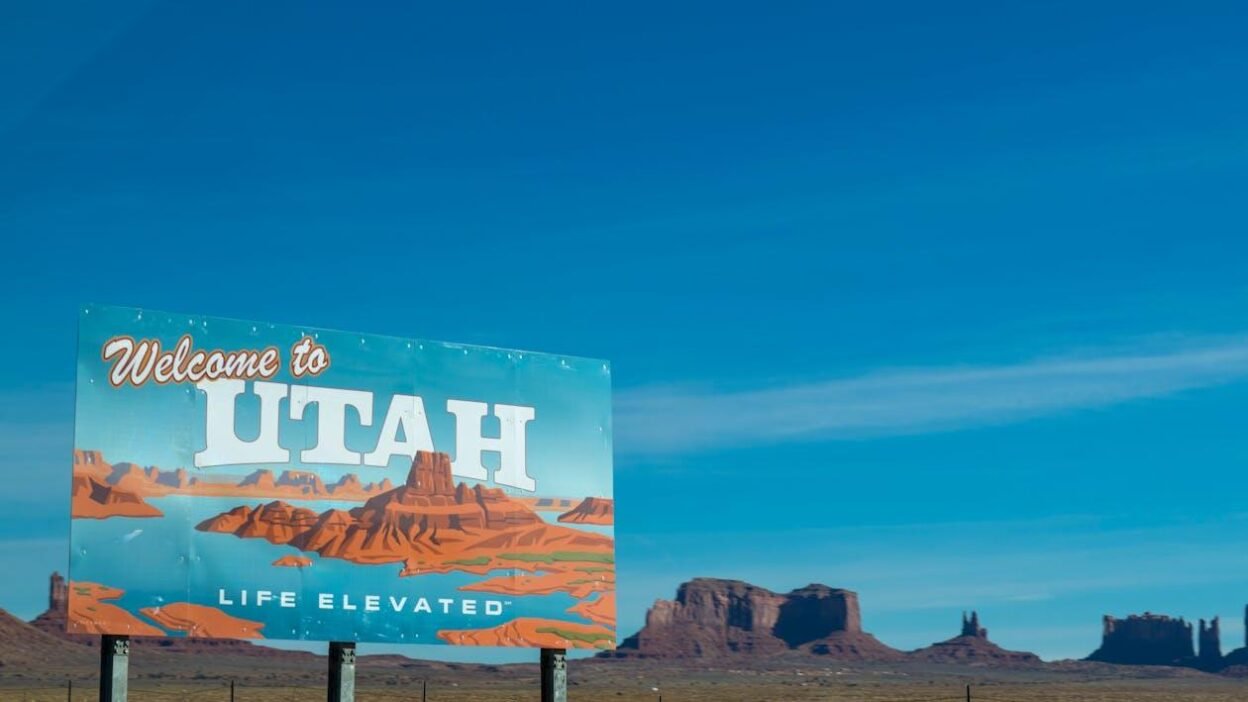Second homes used to be viewed as luxury purchases for weekend getaways or retirement prep. Today, they’re part of a much broader conversation—one that includes work flexibility, lifestyle upgrades, and long-term investment goals. Buyers want more than just a place to stay. They’re looking for comfort, value, and a setting that actually supports how they want to live when they’re away from their main home.
In a city like Park City, Utah, that mix is easy to find. Known for its year-round beauty, outdoor access, and established local economy, Park City attracts second-home buyers who want something that feels like a true escape without giving up convenience. Whether they’re skiing in the winter, hiking in summer, or just enjoying the slower pace, buyers are looking for homes that fit into the rhythm of the place, and that often shapes how they invest.
Local Help Supports Distant Owners
Most people buying second homes don’t live nearby, and they’re not trying to manage everything themselves. That’s why one of the first things many buyers ask about is local support. Whether it’s keeping up with regular maintenance, preparing the home for guests, or handling emergencies, having someone nearby makes ownership far more realistic.
Here, the best property management companies like iTrip Park City make a noticeable difference. In Park City, their services give owners peace of mind as they handle the day-to-day responsibilities. They help with short-term rentals while also handling tasks like property checks, scheduling repairs, and stocking homes before an owner or guest arrives. For people who live hours—or states—away, that kind of local presence is more than helpful; it’s necessary.
Privacy Draws Buyers to Remote Spots
Not everyone buying in a scenic area is looking to be in the middle of the action. In fact, one of the biggest draws of a place is how easy it is to find quiet, tucked-away properties that still feel connected to the town. These homes might be a little off the main road or tucked into tree-lined neighborhoods, but that distance is often the appeal.
Buyers want to feel like they’re leaving the noise behind. A second home that offers real privacy gives them space to unplug without feeling isolated. Whether they plan to visit a few times a year or more regularly, that sense of separation helps the property feel like a break from everything else, and that’s often exactly what they’re buying.
Weather Shapes Property Planning
Scenic destinations almost always come with distinct weather patterns, and buyers have to think about how those conditions affect their homes over time. In cold regions, for example, winter brings snow that’s both beautiful and demanding. Driveways, rooftops, and even windows need to be chosen with the climate in mind.
Those details matter when owners aren’t around to respond quickly. Snow buildup, wind, and seasonal temperature swings require regular upkeep and thoughtful design. Whether it’s adding remote thermostats, scheduling monthly maintenance, or installing materials built for the region, owners often realize that buying in a scenic area means learning to plan around nature, not just admire it.
Relaxation Over Square Footage
When the view is what sells the home, floor plans and square footage start to matter a little less. Buyers drawn to scenic destinations are more likely to choose a property based on how it feels—how it opens to the outdoors, how light moves through the space, or how peaceful it seems when you walk in the door.
A smaller property with large windows and a simple layout might feel far more livable than something bigger but less inviting. Second-home buyers aren’t always chasing more room; they’re often chasing less noise, fewer distractions, and a space that doesn’t feel like work. In that way, a home that encourages relaxation becomes the most valuable kind of space to own.
Walkability Boosts Value
In scenic towns, how easily you can get around on foot makes a big difference. A second home that’s close to local coffee shops, hiking trailheads, or downtown areas tends to hold its value better over time. Buyers and renters alike place a premium on being able to enjoy the area without needing to drive everywhere.
In most popular tourist cities, walkability adds more than just convenience—it adds connection. A home near walkable spots feels more integrated into the community and allows owners to enjoy the local culture in a more natural way. Being able to step outside and explore without planning a route or loading up the car adds to the sense of ease many second-home buyers are looking for.
Views Influence Interior Choices
When you’re surrounded by natural beauty, it naturally becomes part of the home’s design. Many buyers in scenic areas shift their priorities away from traditional finishes and toward open floor plans, large windows, and subtle colors that don’t compete with the landscape. The focus turns to creating a space that feels calm and open, with the view doing most of the work.
In regions where the mountains are front and center, many second-home interiors are built around framing that view, whether it’s from the main living room, a soaking tub, or a small breakfast nook. Buyers want to feel like the inside of the home complements what’s outside, not fights with it. That approach often leads to smarter, simpler design choices that feel more timeless.
Tourism Shapes Rental Popularity
Scenic destinations often double as tourist hubs, which means second homes have strong rental potential during peak seasons. Park City is a great example of this. During ski season and summer festivals, short-term rentals are in high demand, and homeowners can generate solid income while still using the property when they want.
For buyers considering whether to rent out their second home, understanding tourism flow is key. Homes close to major attractions or seasonal events tend to book faster and more often.
Homes That Fit the Setting Win
Scenic destinations aren’t the place for homes that feel out of place. Buyers are often drawn to properties that reflect the natural surroundings, both in design and in how they function. Whether that means a cozy log cabin in the mountains or a sleek modern build with neutral tones, it all comes down to fitting into the landscape.
Homes that seem well-matched to the setting tend to sell faster and at higher prices. They appeal not just to the buyer’s eye but to their expectations.
When people shop for second homes in scenic destinations, they’re not just buying property—they’re buying into a lifestyle. The quiet mornings, the open views, the sense of space and escape all shape how they evaluate what’s worth owning.



